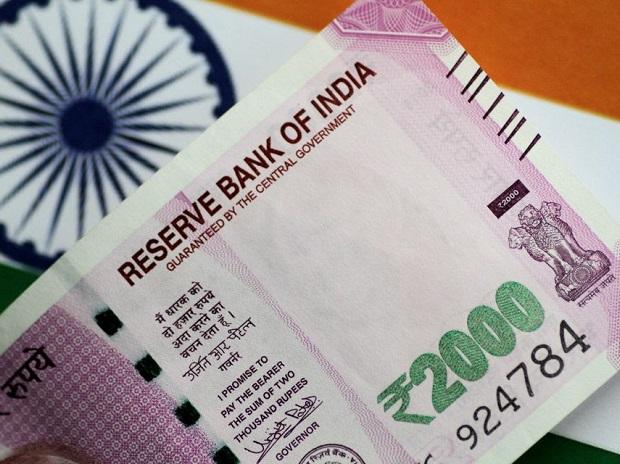[ad_1]
The rupee weakened by 89 paise, or 1.08 per cent, vis-à-vis the US dollar on Monday, suffering its biggest single-day fall in four months on the back of unexpectedly strong US employment data, which stoked fears that the US Federal Reserve would hike rates for longer than anticipated.
The currency closed at 82.73 per dollar on Monday, versus 81.84 per dollar at the previous close. Monday’s fall marked the largest single-day depreciation since September 22, 2022. As a result, the rupee wiped out almost all the gains notched up against the dollar thus far in 2023. The currency had closed at 82.74 against the greenback on the last trading day of 2022.
The spark
Data released after Indian trading hours on Friday showed that US non-farm jobs increased by 517,000, against estimates of 185,000. The data showed that the US labour market remained unusually resilient despite 450 basis points (bps) of interest rate hikes by the US Fed since March 2022.
Globally, investors fear that the US Fed will have to continue raising interest rates for longer than expected to cool labour markets and bring down inflation.
Higher US interest rates lead to a stronger dollar as investors worldwide prefer higher returns in the world’s largest economy. A firm greenback exerts pressure on emerging market currencies like the Indian rupee. At 3:30 pm IST on Monday, the US dollar index, a benchmark for the international value of the currency, was at 103.29 versus 101.67 at the same time on Friday.
“The dollar index strengthened the way it did, and all Asian currencies lost today. There is a fear that the US Fed will hike [rates] for longer. Their 2 per cent inflation target is quite far off. They have to force the economy to slow down or go into a recession just by hiking rates,” said Bhaskar Panda, HDFC Bank’s executive vice-president of overseas treasury.
He said he expected the rupee to hover in the 82-83 per dollar range in the near term, adding that if it went beyond 83 the Reserve Bank of India was likely to intervene.
While the rupee took a beating on Monday, it did not suffer as much as some other Asian currencies such as the Thai Baht and the South Korean Won, which lost 2.1 per cent and 1.9 per cent, respectively, versus the US dollar.

“The rupee is not looking bad fundamentally. Our inflation is within the tolerance zone at least. Our growth is looking resilient; our Budget has come out to be reasonably okay. When the dollar was depreciating, the rupee was not appreciating as much because firstly, the RBI was buying and recouping reserves,” Nitin Agarwal, head of trading at ANZ Bank, said.
Second, Agarwal said, the market was nervous about the Union Budget, which was presented on February 1. “With that uncertainty gone, the market view is that India is reasonably placed. It doesn’t need to be penalised. That’s the statement in today’s performance,” he said.
As the rupee weakened past successive technical levels, these factors aggravated the fall of the domestic unit, traders said. The RBI did not intervene heavily through dollar sales on Monday as it would rather see how the global situation evolves before expending reserves, dealers said.
“The RBI’s intervention was not that aggressive today because the central bank is watching the global currency impact. We could see the RBI coming in if the dollar/rupee makes an attempt towards 83/$1. I see the rupee at 82-83.20/$1 for the near term,” said Anindya Banerjee, vice-president, currency derivatives and interest rate derivatives at Kotak Securities.
[ad_2]
Source link



